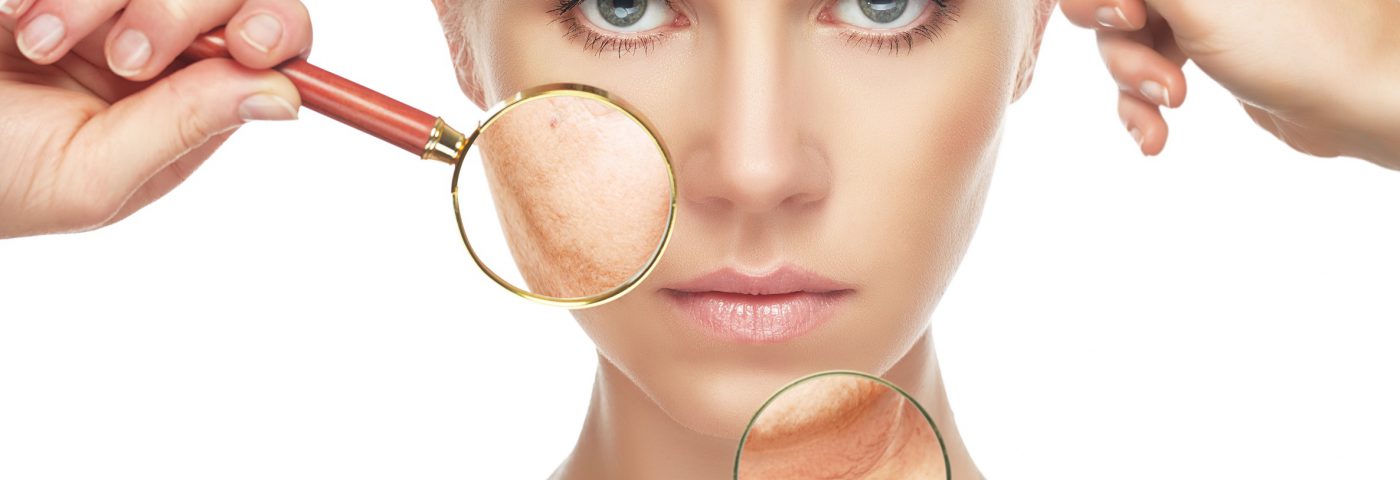By Dr. Andrea Mitarotonda PhD FRSC
Do emotions affect us? How?
What is the role our senses play in everyday life?
What gives you positive emotions?
These are simple questions and we would probably be able to give a prompt and firm answer: the smell of bread, memories from childhood and a particular fragrance, for example.
But, how do, or can emotions affect our skin?
Various experiences can generate positive or negative emotions and trigger a chain reaction in our body that ultimately can impact our skin and the way we look.
Take stress as an example: this can be generated by negative emotions, work, traffic or simply lack of sleep.
The skin of sleep-deprived subjects will show unmistakable signs such as dark circles, eye bags, lines, redness, dehydration and dullness, amongst others.
How does this link to natural & organic cosmetics and circular economy?
In the last few decades “green” has become more and more relevant in different aspects of everyday life, from politics to urban development, from food to cosmetics.
An important step in becoming “greener” is the shift from linear (make, use, dispose) to circular economy: resources should be used & reused for as long as possible and even waste materials should be seen as potential resources to produce new substances.
We, at Neal’s Yard Remedies, have been at the forefront of sustainable development for many years and have undertaken projects with local communities in remote corners of the world in order to deliver the most innovative and sustainable botanical ingredients.
In this presentation, the Author will discuss how the use of Green Chemistry enabled the transformation of vegetable waste materials into a powerful active ingredient that was clinically proven to deliver a more holistic approach to ageing.
Beside more “traditional” benefits delivered to address visible signs of ageing (e.g. wrinkles, sagging and elasticity), cosmetic products formulated to meet the Soil Association Organic Standards and containing the said material were clinically proven to induce an immediate significant positive emotional response and, in the longer term, to significantly increase the subjective well-being and to enhance de-stressing abilities of volunteers engaged in double-blinded, placebo-controlled trials.
These results were obtained through techniques that are rather innovative in the cosmetic industry, such as the evaluation of the heart beat rate and vocal & semantic analysis.
A food-grade version of the same ingredient is also undergoing clinical trials on human volunteers to determine potential effects on oxidative DNA damage and oxidative stress when used in oral supplementation.
Further studies will be carried out in order to gain a better understanding of the correlation between topical application, generation of emotions and levels of Cortisol in the body. In conjunction with evaluations on Cortisol-stressed skin and on neurogenic inflammation, this will shed lights on the mechanism of action of this ingredient and will further support the idea of brain-skin axis.
To view the full educational programme for the in-cosmetics Formulation Summit click here

